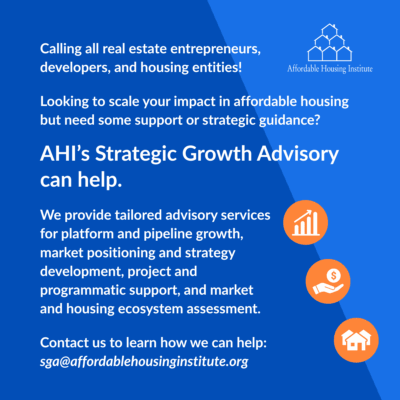This Is the Shutdown That Is

By David A. Smith
5 min read
“No Money shall be drawn from the Treasury,
but in Consequence of Appropriations made by Law.“
U. S. Constitution, Article I, Section 9, Clause 7
The collision course between the Republicans and Senate Democrats has officially ended in a shutdown of the Federal government. Though I the optimist certainly didn’t expect a staredown contest, it was obvious in retrospect (“Any damn fool can predict the past”), and here we are. How long will we be here?
Of the 22 Federal shutdowns that have occurred since I entered this field back in 1975, most were like legislative sneezes: a short disruptive interval after which normal service was resumed as if nothing untoward or memorable had happened. Only three have lasted longer than two weeks, and in each case they were the result of a policy disagreement between the White House and one body. Yet “History never repeats itself,” and this shutdown is unique.
This time it’s not even a majority of one Congressional body; instead, despite 55 Senators voting for the Continuing Resolution, there were still not enough votes to overcome the filibuster rule.
Signs point to this being a long shutdown. As we rolled into the weekend, the shutdown has scarcely been in the news – it is barely making the New York Times’s front page, and I’m seeing minimal chatter about the harbingers of a brokered exit: meetings, negotiations, settlement offers, or olive branches.
Shutdowns end only when one combatant decides its negotiating (political) position is eroding and it has to sue for peace – which has happened several times before. In 1996, the news media positioned House Speaker Newt Gingrich as a petulant child shutting down the government in a fit of pique, causing Gingrich to roll back proposed cuts. In 2019, the shutdown was largely penned as having resulted from a President Trump ultimatum on funding a border wall, with Trump eventually relenting on his wall demands.
However, here, no coherent media groundswell has arisen aside from personifying the obstructionist architect of the shutdown as Minority Leader Chuck Schumer.
For the time being, therefore, we have entered political siege, where each side believes that the other will suffer greater political pain and will crumble first. Where will the political pain strike first or hardest?
No matter which side relents, if the shutdown lasts more than a couple of weeks there’ll be downstream pain to the affordable housing industry. Let’s look at what will happen to HUD during the shutdown, for example.
Contrary to the shorthand nomenclature, ‘shutdown’ doesn’t mean closure — it means suspension of activities for which appropriations are unavailable. As a GSA order issued on the eve of the shutdown put it: “Federal officers may not incur any obligations that cannot lawfully be funded from prior appropriations unless such obligations are otherwise authorized by law. Federal officers may incur obligations as necessary for orderly termination of an agency’s functions, but funds may not be disbursed.”
Like all other Federal Departments, HUD interpreted this general instruction, and on September 29 issued its guidance, “HUD Contingency Plan for Possible Lapse in Appropriations.” This referenced 1995 HUD guidance (issued under a Democratic President facing a Republican Congress) and provides, among other things, that “In the event of a lapse in appropriations due to a lapse in appropriations (sic), most Federal employees are required to stop work because no funds would be available to pay staff and the government is prohibited from accepting voluntary services. A limited number of employees are ‘excepted’ from this general rule based on the functional activity they perform.”
In HUD’s case, this has been interpreted to mean that, of the 6,105 HUD employees nationwide (itself down 29 percent from the 8,573 HUD had two years ago), 244 (four percent) are excepted or exempt, 143 (two percent) cost no appropriations money (being funded from elsewhere), and 965 (16 percent) are potentially to be recalled or employed intermittently to perform essential functions, meaning 78 percent will have time off and may be furloughed. (Should you be wondering, “After the lapse in appropriations has ended, employees who were furloughed as the result of the lapse will receive retroactive pay for those furlough periods.”)
The 22 percent of the HUD workforce remaining in operation will be doing these things of largest overall impact:
- Supporting FHA insured mortgages, as well as Ginnie Mae’s work within the secondary mortgage market. (This despite furloughing 97 percent of the 2,188 HUD employees allocated to Ginnie Mae.)
- Monthly subsidy programs such as the public housing operating subsidies, housing choice voucher subsidies, and multifamily assistance contracts “for as long as the funding remains available.” The National Association of Housing and Redevelopment Officials thinks that will last for October and November, but not beyond.
Although new production of HUD loans may fall off significantly as the Office of Housing pauses reviewing Multifamily Accelerated Processing and other applications, subsidy recipients in public housing and affordable housing will see little disruption in their tenancies — but both public housing authorities and affordable housing owners will be worried about what happens if the shutdown continues.
In politics, two months is an eternity. For now, we’re in the shutdown that is, and we should prepare to be in it for a fair while.
